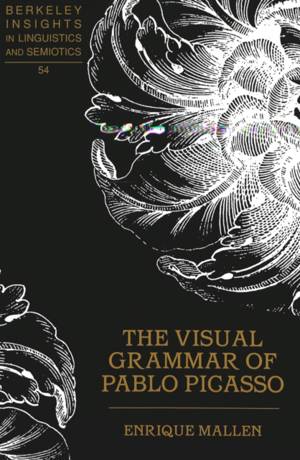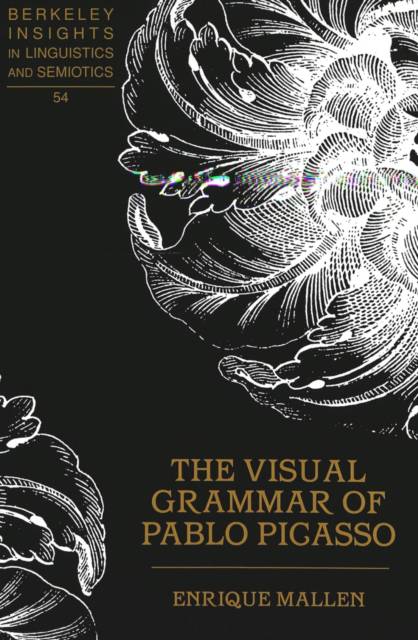
Door een staking bij bpost kan je online bestelling op dit moment iets langer onderweg zijn dan voorzien. Dringend iets nodig? Onze winkels ontvangen jou met open armen!
- Afhalen na 1 uur in een winkel met voorraad
- Gratis thuislevering in België vanaf € 30
- Ruim aanbod met 7 miljoen producten
Door een staking bij bpost kan je online bestelling op dit moment iets langer onderweg zijn dan voorzien. Dringend iets nodig? Onze winkels ontvangen jou met open armen!
- Afhalen na 1 uur in een winkel met voorraad
- Gratis thuislevering in België vanaf € 30
- Ruim aanbod met 7 miljoen producten
Zoeken
Omschrijving
Pablo Picasso's continued search for the essential features of perceived objects and his natural abidance to the general principles regulating artistic creation determined his intuitive analysis of the various stages of vision. His exploration of pictorial language is reflected in the well-established periods in the development of Cubism. Progressively, objects were analyzed first by their image (or retinal) and surface (or external) features as viewed from particular observer-oriented viewpoints during the Pre-Cubist and Cézannian Cubist stages; then by viewer-independent, structural features during Analytic Cubism; and finally by categorial features during Synthetic Cubism. This final re-evaluation allowed the artist to treat pictorial language as truly arbitrary, leading to metaphorical correlations between objects that went beyond what was actually depicted on the surface of the canvas.
Specificaties
Betrokkenen
- Auteur(s):
- Uitgeverij:
Inhoud
- Aantal bladzijden:
- 346
- Taal:
- Engels
- Reeks:
- Reeksnummer:
- nr. 54
Eigenschappen
- Productcode (EAN):
- 9780820456928
- Verschijningsdatum:
- 17/10/2003
- Uitvoering:
- Hardcover
- Formaat:
- Genaaid
- Afmetingen:
- 152 mm x 229 mm
- Gewicht:
- 653 g

Alleen bij Standaard Boekhandel
+ 374 punten op je klantenkaart van Standaard Boekhandel
Beoordelingen
We publiceren alleen reviews die voldoen aan de voorwaarden voor reviews. Bekijk onze voorwaarden voor reviews.











